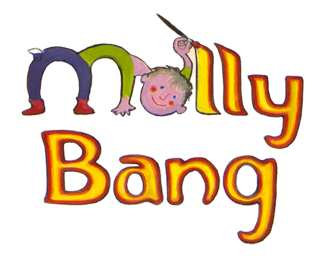
Chattanooga Sludge
A Children's Book-of-the-Month Club Featured Selection
First published in 1996
About the Story
John Todd is a scientist-tinkerer who lives nearby. When he and his wife Nancy were quite young, they decided that they wanted to live as much as possible in a way that would not waste energy and would not require their food to come from far away. So they started a cooperative farm community called New Alchemy where everybody grew their own vegetables and chickens, and made their own energy from solar cells and hot water on their roofs, and used their own wastes as fertilizer for beautiful plants in a greenhouse full of tall plastic fish tanks where fish would then eat the plants and grow into food for the people. (Actually, it isn’t the plants that do the cleaning of the wastes but the bacteria growing on the roots of the plants, which change the waste into useable fertilizer.)
Over the years, John and Nancy and the people they lived with experimented and tinkered and learned how to do things better. Eventually they developed a system they called The Living Machine. The more they learned, the more John was asked by others to try the same for them.
One of his most difficult experiments was on the toxic sludge that had collected over many years on the bottom of Chattanooga Creek in Tennessee. John knew that his system worked with normal sludge, but he wasn’t sure it would work with poisons. Many of the poisons or toxins that humans have created and dumped into the ground or water are very complicated chemicals that are tied together with very, very strong bonds, and The Living Machine isn’t used to breaking apart such tightly bound chemicals. So he tried.
Chattanooga Sludge is the story of his experiment. Like almost all experiments, it worked quite well, but not perfectly. It enabled John to see what he needed to do NEXT. I wanted to tell this particular story because this is actually the way science—and tinkering of any sort—really works. We try, and fail, but we learn a bit from trying, so the next time we do it a bit differently. And—if we’re lucky—we learn a bit more. And this is repeated until we figure out how to do it really well.
The pictures were especially fun for me, and I loved making them. Since the story was about using “waste” to make something new and beautiful, I decided to use “waste” magazines that people had thrown away to make all the pictures. I collected many magazines and cut them up and used the bits to make new pictures.
Also, since I had WAY too much information to put in a simple story, I used frog ghosts—the ghosts of frogs that had died because of the pollution. The frog ghosts give all sorts of relevant but extra information about how things work and how life cycles work. My husband says it’s the only children’s book he knows of that has footnotes—especially footnotes spoken by ghost frogs.
Chattanooga Sludge didn’t sell well at all and now it’s out of print. Did it not sell because it is too complicated for young children? Because it’s a science book? Because it came out 15 years before people began to be really worried about pollution? Because the experiment was only half successful and we Americans like totally successful experiments?
I don’t know. Every book is an experiment for me. But I’m not sure I learn how to do the next one better.
copyright 2018 by Molly Bang


